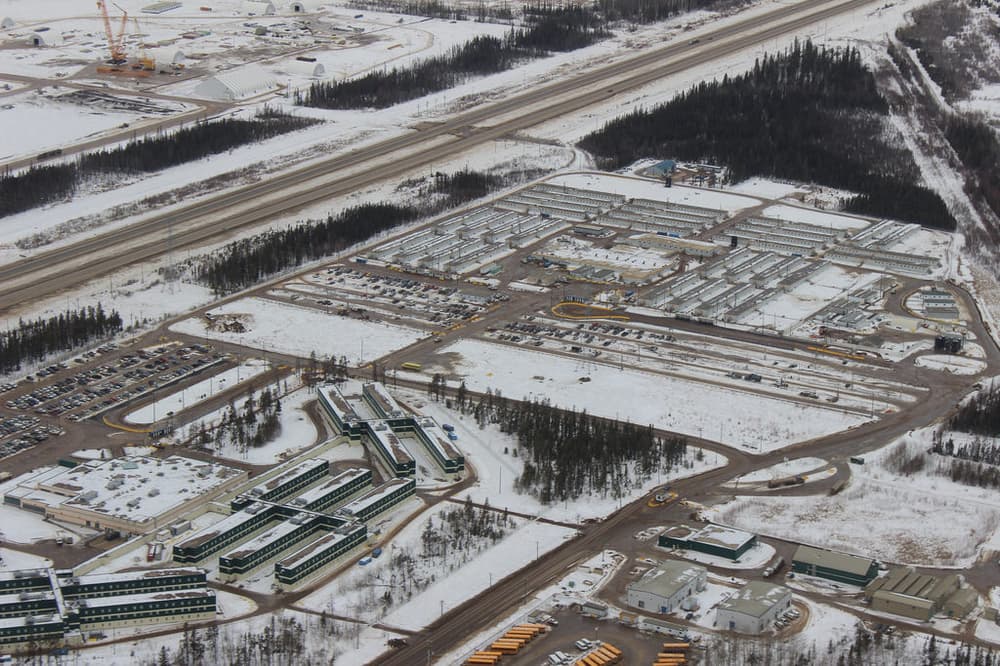An industry-funded Alberta oilpatch cleanup would provide decades of employment.
Last week, news headlines across Canada shouted “Cleaning up Alberta’s oilpatch could cost $260 billion”, and cited the Alberta Energy Regulator’s (AER) behind-closed-doors estimate of the energy industry’s environmental liabilities.
The staggering financial liabilities for mining waste and a graveyard of spent facilities were spelled out by Rob Wadsworth, vice-president of closure and liability for the AER, in a presentation to a private audience in Calgary in February.
The estimated liabilities are far higher than any liability amount previously made public by government and industry officials.
Wadsworth called on all stakeholders to accept tougher regulations and move away from a system that now allows the largest companies to take centuries to clean up their toxic well site graveyards.
Opponents of oilsands development are now pointing out an opportunity to both clean up Alberta’s oilpatch and spark a reclamation boom that would create decades of full employment in the province and beyond.
If Alberta retooled its economic engine to restore the landscape, rather than continue with extraction, they say, riggers could keep right on rigging and truckers could keep on trucking. With comparatively little retraining or relocation, hundreds of thousands of oilfield service workers could keep doing what they do, where they do it — protected by the same unions too.
Rather than another pipeline or gargantuan bitumen mine to boost the profits of multinational oil companies, a much greater economic opportunity lies in cleaning up the mess they have already profited from, the argument goes.
All that is needed to spark this boom is for governments to enforce the law and make polluters pay because, in Canada, the oil industry has a legal obligation to return oil and gas sites to near their original state after their productive life ends.
Once the biggest industry players have extracted most of the value out of a well, mine, or pipeline, they generally sell it down the line to smaller players who try to squeeze the last profits out of the asset. These kinds of companies don’t have $260 billion.
Even if they did, the cleanup money has not been set aside and regulators have never had a mechanism to collect it. Forty four years of petro-Conservativism resulted in only $1.6 billion in industry deposits against that vast slag heap of liabilities, according to the Toronto Star. That works out to just 0.6 cents of every dollar the AER predicts will be needed for the eventual cleanup.
That’s why calls are growing for the Western provinces to establish Reclamation Trusts to identify insolvent producers, wind them down, and use the revenue from remaining production to fund the cleanup and put folks back to work.
Under a government serious about sparking the next boom in the oilpatch, the major industry players (who have extracted hundreds of billions in profits from Alberta) could and should foot a big part of the bill.
Right now, they do not.

